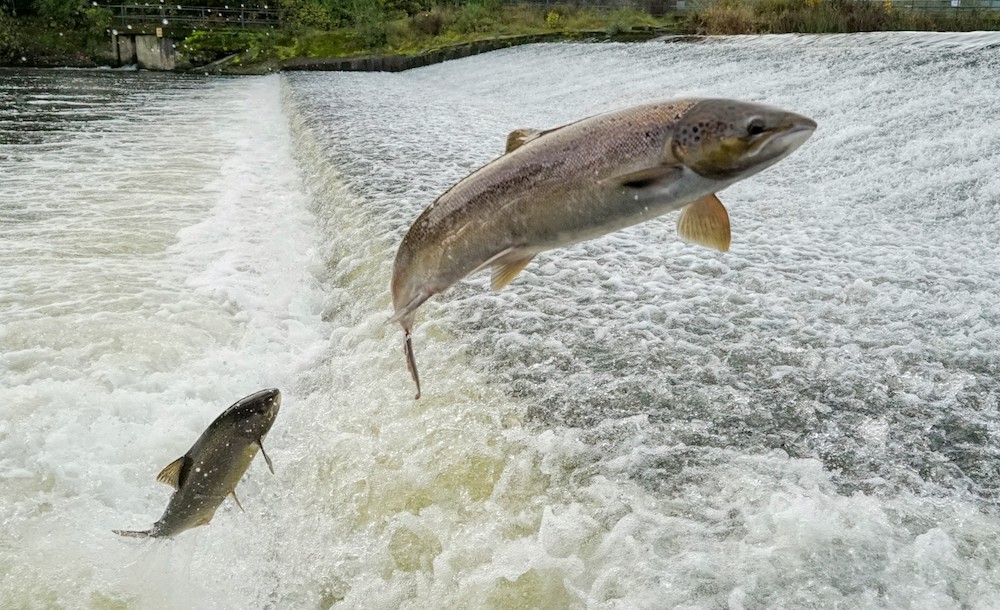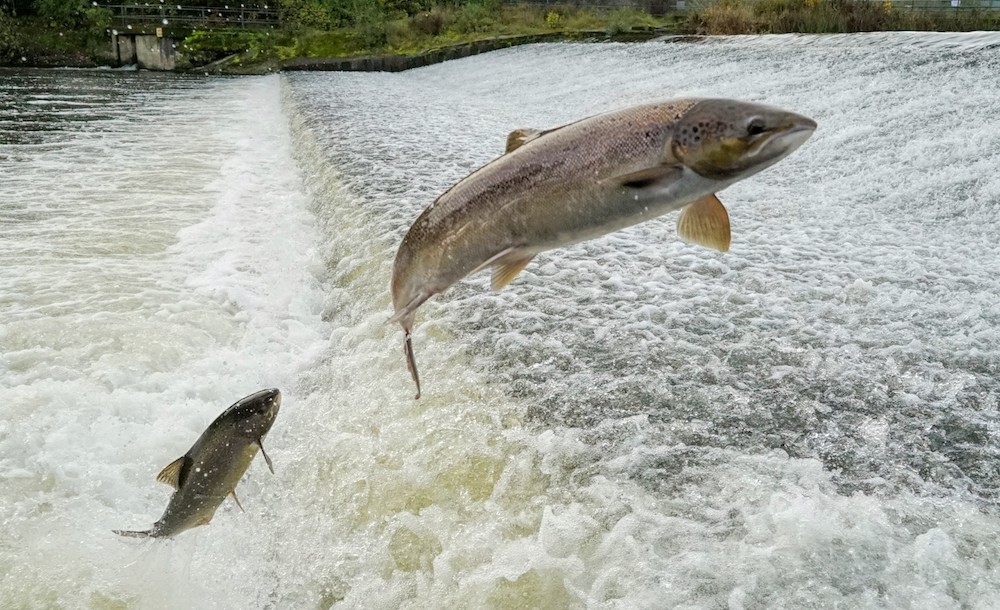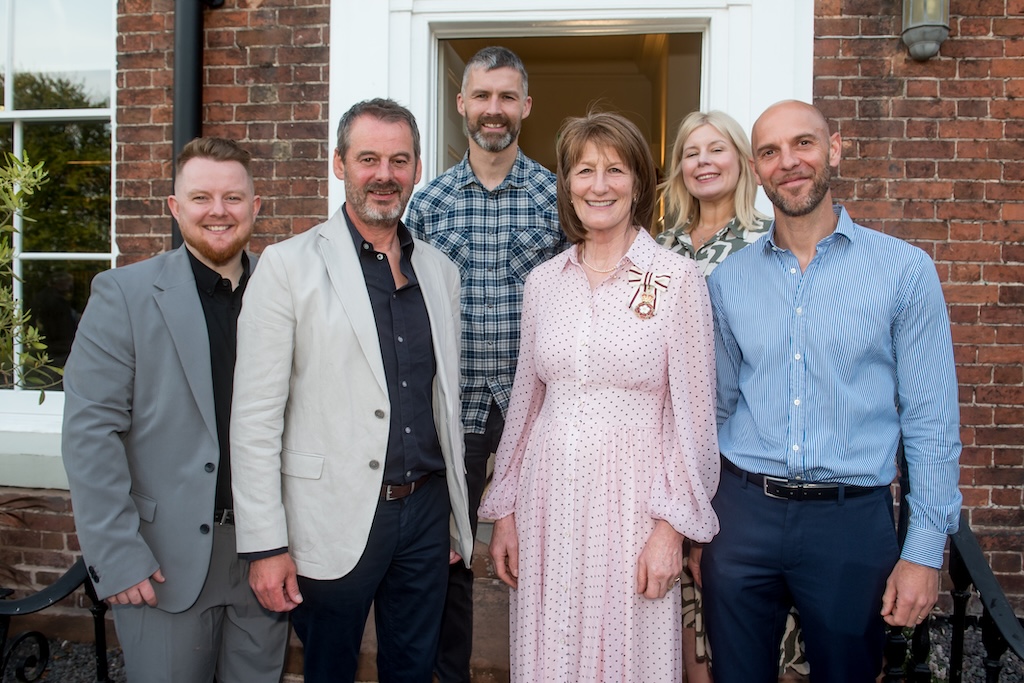Ed Andrews shares with us a bit of forgotten history and an exciting new project – Unlocking the Severn – which will bring this history back to the River Severn.
The River Severn takes on a different appearance according to the season. On a winter’s day in Bridgnorth, she is a brunette. The chestnut-coloured water is her long flowing hair and all the time the water surges through the arches of the bridge, it is difficult to imagine any fish being able to swim upstream against this relentless flow of water. But each year, salmon migrate upstream to their spawning grounds in the upper reaches of the Severn. They become most visible where they leap out of the water to get over weirs (such as at Shrewsbury). Unfortunately not all species of fish demonstrate such agility. The twaite shad is one species of fish for whom weirs represent an insurmountable barrier.
I would imagine that most readers have not even heard of a twaite shad. It has been banished from our stretch of the river and lost from our collective memory. But up until the middle of the 19th century, the shad fishery in Shropshire rivalled both salmon and eels. There are records of shad being used to feed livestock and even fertilise fields around Shrewsbury, so large and plentiful was the catch. One of the most exciting nature conservation projects ever to hit our region is set to begin this year. Unlocking the Severn will transform the river and allow the shad to return to their former range as far upstream as Welshpool.
The Severn has a long history as a trade route. The traditional Severn barge was called a trow and had a shallow draft to allow them to be pulled through the river, even when the water was low. In 1842 the Severn Navigation Act was passed. With the rapid development of industry in the midlands, there was a need for deeper draft boats to be able to navigate the river. A series of weirs were constructed around Stourport and Worcester to facilitate this and the twaite shad, unable to get past the weirs, disappeared from the middle and upper Severn in a period of just 5 years. Since then the population has been restricted to the lower Severn and Bristol Channel. Diglis Weir in Worcester is the furthest point upstream that the shad have been officially recorded. These fish represent the only viable British population of twaite shad so they are of high conservation importance.
Unlocking the Severn is being led by Severn Rivers Trust, Canal and River Trust, Environment Agency, and Natural England. It is huge in both geographical range and ambition. If successful with the second phase of a grant application, it will be the largest project of its kind in Europe with a budget of around £20 million from the Heritage Lottery Fund and the EU LIFE Nature programme. It aims to remove barriers from the river to allow the shad to return. One weir will be removed altogether and another six will have bypass channels or other structures installed to allow the fish to get past.
Although focussed around a single species, the project has the potential to help a range of other migratory fish such as lamprey and eels. There will also be positive impacts on riverine food webs as the diversity and abundance of fish in the river increases, providing food for predators such as otters and kingfishers. A healthy river will also attract more anglers and tourists to the area, providing economic benefits.
A key part of the project will be educating people and inspiring them about river conservation. A series of ‘hubs’ along the river will be important for this purpose. Severn Valley Country Park is going to be one of these ‘hubs’. The story of the twaite shad and of our changing relationship with the river will be told through interpretation boards, school visits and public events. There are also plans to create an aquarium-style viewing chamber in the fish pass structure at Diglis in Worcester to allow people a glimpse into the underwater world. It is hoped that footage from the viewing chamber will also be shown at the hubs.
This river defines our county: Bridgnorth, Ironbridge and Shrewsbury are all river towns, once home to fishermen, ferrymen and barge men transporting sandstone. The lives of generations past were intricately linked with the river. These are our stories; our history. If the Unlocking the Severn project is successful in bringing back a little bit of that history, it has the potential to inspire a new generation of people to take more interest in this mighty river.
Do one thing for wildlife this month
There will be lots of opportunities to get involved and volunteer with the Unlocking the Severn programme. You can become a Citizen Scientist and help monitor the shad as they migrate up the river. This work will be starting in April 2017. For more information please contact the Severn Rivers Trust’s volunteer officer Tim Thorpe (Tim.Thorpe@severnriverstrust.com)







